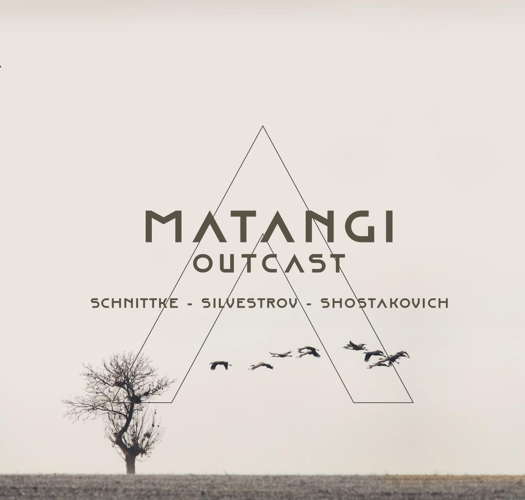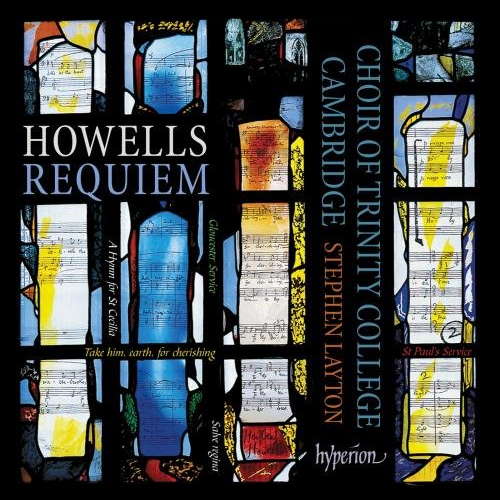 DISCUSSION: John Dante Prevedini leads a discussion about Composers, individuals or collective?, including contributions from David Arditti, Halida Dinova, Robert McCarney and Jane Stanley.
DISCUSSION: John Dante Prevedini leads a discussion about Composers, individuals or collective?, including contributions from David Arditti, Halida Dinova, Robert McCarney and Jane Stanley.

Outcast Composers
GIUSEPPE PENNISI listens to the Matangi Quartet
'... an excellent way to get acquainted with an important yet difficult period of Russian music.'
In 1971, I published in the Italian quarterly Nuova Antologia an essay on the October Revolution's impact on the history of music. In short, among the intellectuals that supported the Revolution, there were excellent innovators and, for a period, it seemed that innovation just starting in Western Europe (ie futurism) would flourish in Soviet Russia. The Soviet government gave a lot of importance to music; just think of the many Opera Houses and Concert Halls built in Central Asian Soviet Republics and even in faraway Siberia. Composers received important commissions. The idea was that music would help build the new soviet man.
However, after a few years, party bureaucrats and politicians took the sector into their hands: theatres and concert halls continued to be built and commissions to musicians for new works continued to be given, but the rules of the game, the poetics and style were established centrally according to a protocol named 'Socialist Realism'. Anyone who has seen Tony Palmer's 1987 movie Testimony about the life of Dmitri Shostakovich (interpreted by Ben Kingsley) will have a clear picture of the period. This CD by the Dutch Mantangi quartet - Maria-Paula Majoor, violin 1; Daniel Torrico Menacho, violin 2; Karsten Kleir. viola; and Arno Varn der Vuurst, cello - provides a good sample of chamber music by three 'outcast' composers of that period: Alfred Schnittke, Valentin Silvestrov and Dmitri Shostakovich.
Alfred Garrievich Schnittke (24 November 1934-3 August 1998) was a Russian composer of Jewish-German descent. Among the most performed and recorded composers of late twentieth-century classical music, he is described by musicologist Ivan Moody as a 'composer who was concerned in his music to depict the moral and spiritual struggles of contemporary man in (...) depth and detail'. Schnittke's early music shows the strong influence of Dmitri Shostakovich. He developed a polystylistic technique in works such as the epic Symphony No 1 (1969–1972) and his first Concerto Grosso (1977). In the 1980s, Schnittke's music began to become more widely known abroad with the publication of his second (1980) and third (1983) string quartets and the String Trio (1985); the ballet Peer Gynt (1985–1987); the third (1981), fourth (1984), and fifth (1988) symphonies; and the viola concerto (1985) and first cello concerto (1985–1986). As his health deteriorated, Schnittke's music started to abandon much of the extroversion of his polystylism and retreated into a more withdrawn, bleak style.
String Quartet No 3 from 1983 is already one of the most performed works in the post-1945 repertory. This may be due also to the Quartet's use of older, more recognizable musical models. The work's popularity may also be a result of its enormous concentration.
This achievement is particularly notable with a composer like Schnittke, so justifiably known for his 'anti-classical' or 'polystylistic' approach; most of Schnittke's works, this one included, depend on shattering classical norms of balance, purity and wholeness for a multiplicity of styles. The rendering by the Matangi ensemble underscores Schnittke's references to Orlando di Lasso's Stabat Mater (track 1), to Beethoven's Gross Fugue (track 2) and to Schostakovich's Eighth String Quartet (track 3).
Listen — Schnittke: Andante (String Quartet No 3)
(MTM04 track 1, 0:02-0:39) ℗ 2021 Matangi :
These references are very well blended in what Schnittke named the 'polystilylistic', combining his Russian heritage with his German tradition. The Matangi Quartet reveals that the Lassus, Beethoven and Shostakovich cells are intertwined, one yielding to another through fluid transformations, developing variations. This third Quartet astounds though the unresolved tension of these opposites, the passage of great art into wreckage, back into great art. A work of such effective contradiction deserves the contradictory label 'Classic Polystyle'.
Listen — Schnittke: Agitato (String Quartet No 3)
(MTM04 track 2, 1:28-2:24) ℗ 2021 Matangi :
Valentyn Vasylyovych Sylvestrov (born 30 September 1937) is a Ukrainian composer and pianist who plays and writes contemporary classical music. Silvestrov is perhaps best known for his post-modern musical style; some, if not most, of his works could be considered neoclassical and post-modernist. Using traditional tonal and modal techniques, Sylvestrov creates a unique and delicate tapestry of dramatic and emotional texture
In 1974, under pressure to conform to both official precepts of socialist realism and fashionable modernism, and likewise to apologise for his walkout from a composers' meeting to protest the Soviet Union's invasion of Czechoslovakia, Silvestrov chose to withdraw from the spotlight. In this period, he began to reject his previously modernist style. Instead, he composed Quiet Songs (Тихі Пісні, 1977), a cycle intended to be played in private. Later, after the fall of the Soviet Union, he also began to compose spiritual and religious works influenced by the style of Russian and Ukrainian Orthodox liturgical music. Silvestrov traced his eventual rejection of the avant-garde back to his years at the Kyiv Conservatory. When presented with one of his radical works, Lyatoshynsky asked him: 'Do you like this?', and while he replied affirmatively, 'that question became ingrained in my soul'.
The String Quartet No 1 was composed in 1974. It is short - seventeen minutes - but the listener can fully feel the meaning of being outcast.
Listen — Sylvestrov: String Quartet No 1
(MTM04 track 4, 0:00-0:58) ℗ 2021 Matangi :
Dmitri Shostakovich's String Quartet No 8 in C minor is quite well-known. It dates from 1960 when the composer had serious problems with the bureaucracy and the political authorities, even though he was a serious and committed communist. The quartet, extremely compact and focused, is in five interconnected movements and lasts about twenty minutes.
The first movement opens with Shostakovich's musical signature.
Listen — Shostakovich: Largo (String Quartet No 8 in C minor)
(MTM04 track 5, 0:00-0:56) ℗ 2021 Matangi :
This slow, extremely sad theme can also be heard in his Cello Concerto No 1, Symphony No 10, Violin Concerto No 1, Symphony No 15, and Piano Sonata No 2. The motif is used in every movement of this quartet, and is the basis of the faster theme of the third movement.
The work is filled with quotations from other pieces by Shostakovich. The first movement quotes his Symphony No 1 and Symphony No 5. The second movement uses a Jewish theme first used by Shostakovich in his Piano Trio No 2.
Listen — Shostakovich: Allegro molto (String Quartet No 8 in C minor)
(MTM04 track 6, 0:00-0:39) ℗ 2021 Matangi :
The third movement quotes the Cello Concerto No 1.
The fourth movement quotes the nineteenth century revolutionary song.
The fifth contains a play upon another motif from Lady Macbeth from the Mtsensk District.
Listen — Shostakovich: Largo (String Quartet No 8 in C minor)
(MTM04 track 9, 0:02-0:52) ℗ 2021 Matangi :
In short, this album provides an excellent way to get acquainted with an important yet difficult period of Russian music.
Copyright © 2 September 2022
Giuseppe Pennisi,
Rome, Italy

CD INFORMATION: MATANGI - OUTCAST
VALENTYN VASYLYOVYCH SYLVESTROV



